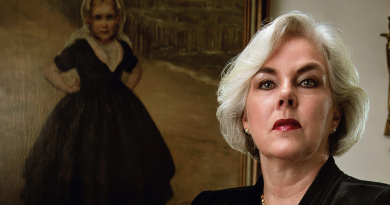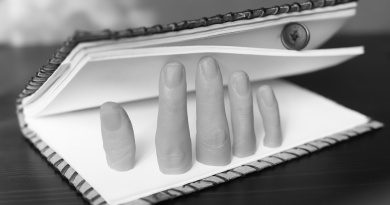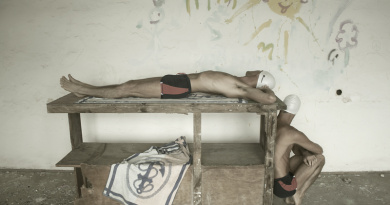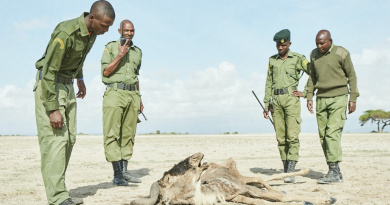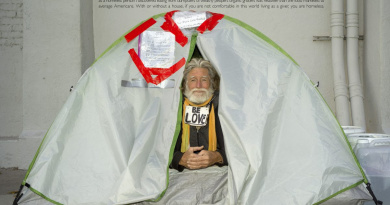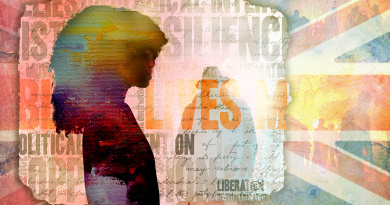Interview
Guda Koster
Guda Koster’s work straddles the boundaries between fashion, sculpture, photography and performance. She has a very personal perspective of self-evidence and clichés. Through her installations, living sculptures and photos, the Amsterdam-based creative explores the fashion theme through ground-breaking lenses.
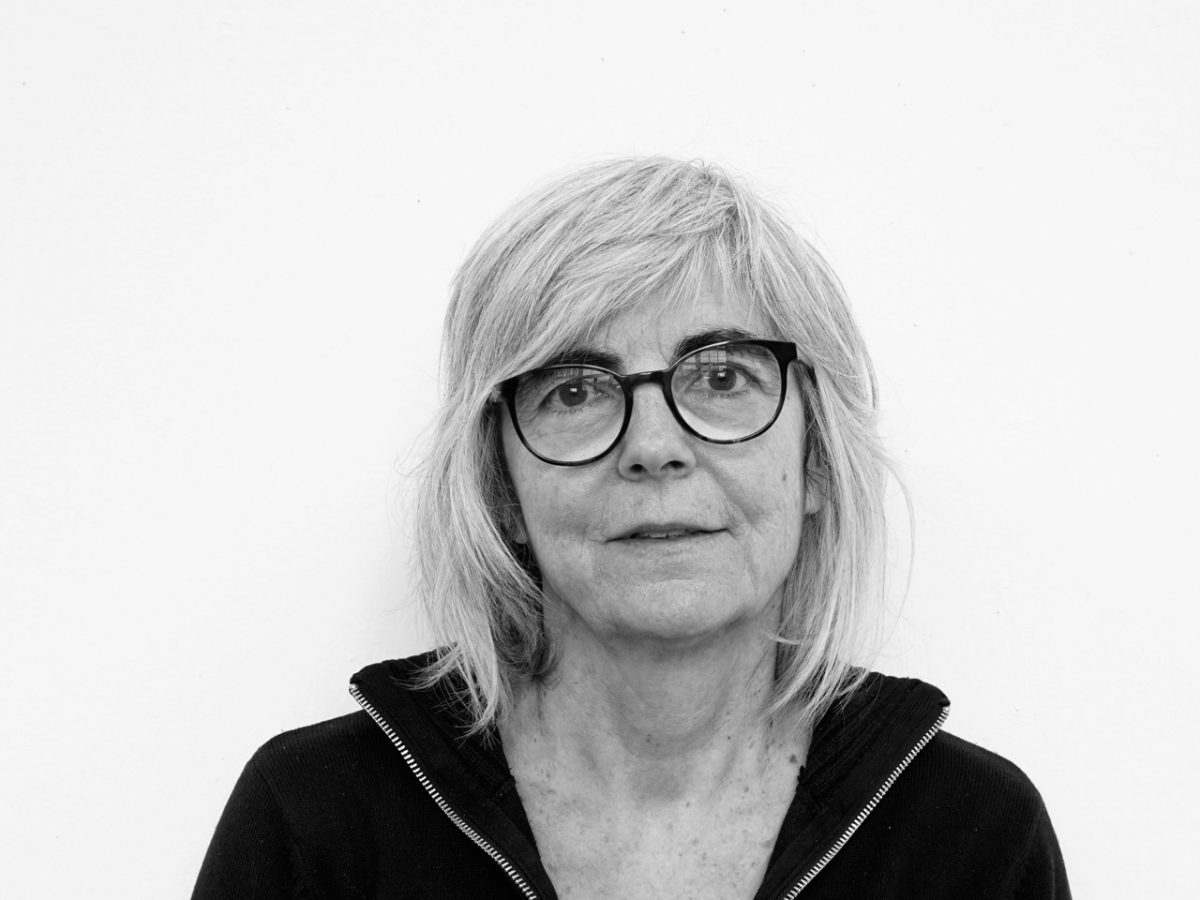
Please introduce yourself
I am a visual artist. I make installations, sculptures, performances, and photos in which clothing plays an important role. Clothing not only has a function but also conveys a message. In our daily life, we communicate our identity and social position mainly through our clothing. Clothing can be seen as a form of visual art that expresses the way we see ourselves and our relationship to the world around us.
I treat the body as a sculptural base material, which is always impersonal and the face remains hidden. The face is so important that it distracts you from other things, such as the shape of the clothes, the patterns, or the composition. If you cannot see the face, the human figure is dehumanized into sculpture and the viewer's attention can remain focused on patterns, fabrics, and general atmospheres.
My works are full of everyday parallels, mild social criticism, irony, and humor. I like to play with illusion and contrast between the visible and the invisible. Invisible faces, hidden behind small houses, geometric shapes, or certain social or religious signs, erase the boundaries between people and context, create mystery and feed the desire to know more, making my art a universal language.
Where do you live, does your place of residence inspire you to take pictures?
I live and work in Amsterdam, the Netherlands. In the summer I usually work in Berlin for a few months. The environment is not as important as I usually work in a studio.
Do you have a photographic background?
I don't consider myself a photographer. I am not interested in photographic "problems". I make "living" sculptures and the photo is the result of the performance, which is why I am more of a sculptor than a photographer.
How comes that you are interested in photography?
Since I made living sculptures that only existed for an hour, it only made sense to take a photo as documentation. Taking a photo became more than just a registration, it became the final work.
Which photographer has inspired your photography?
When I was eighteen, I visited the Stedelijk Museum in Amsterdam for the first time. I went completely silent when I saw the room with the abstract paintings of Elsworth Kelly, Barnett Newman, Rothko. It made a huge impression on me. And abstract art still influences my work.
Why do you work in black and white/color?
I work in color, because the photo is the registration of me as a living sculpture, and the color is an important part of my work. My latest work is more abstract constructions, in bright colors and / or graphic designs that blend into the background or contrast strongly with it. The work is measured and yet cheerful, extremely accessible, and always immediately recognizable as a "Koster". The photos were never exuberant, but in this new series, I go one step further in minimalism. Less "story", more pure form: more abstract, more geometric, even stricter, but nowhere melancholic.
How do you prepare for a photo?
I consider myself more of a sculptor than a photographer, the work begins with a live experience that is constructed, cut, stitched, and posed and then photographed with a timer, as I am always present in the pieces. I am kind of a DIY artist 🙂
What are your technique and the creative process?
Work can start with the pattern of a fabric found on the market or it can start with an idea. The idea may seem fantastic, but implementation often falls short. To get the visual result I want, I constantly adjust the designs and sets until the installation is okay.
Which projects would you like to tackle?
Hard to say. I would like to photograph the dancers in the costumes I made for them in August on location in the city of Kaunas. Searching for a relationship between the architectural / sculptural form of the costume and the architecture of the city.
What do you do in your life besides photography?
I also teach sculpture at a private art academy in Utrecht. - I create performances with Frans van Tartwijk. In July 2020 we completed the project The big happening. It consisted of 4 performances in public space in Amsterdam of five living sculptures. The performances were not billed as events, but rather were performances that were noticed by passersby. The sculptures stood still, now and then music could be heard and dance steps or unexpected movements were made. The carefully selected locations in different parts of Amsterdam: Floradorp in the north, Nassauplein in the west, Frankendael park in the east, and the so-called Zuidas were - as well as the humor - important.
In 2017 I collaborated with AURA dance theater from Kaunas (Lithuania) on the performance Sprendimas (Gamechanger). In August 2020 they asked me again for a collaboration to make costumes/sculptures for a new performance that would be shown at the international dance festival. The “costumes” that I designed and made for dance/theater group AURA's new piece are abstract constructions, made of textiles in bright colors or textiles with graphic designs. I do not emphasize the forms of the dancer's bodies, but dehumanize them into sculptures on the contrary. The dancer's bodies are hidden in geometric three-dimensional objects, and even their faces remain largely invisible. From the outside, there is nothing more to see than an arm or a leg. Their freedom of movement is limited. How the dancers deal with these handicaps is a challenge that is the starting point of the piece. The "sculptures" can be seen as a metaphor for how people should behave in public spaces during the Corona crisis: touching or even seeing each other cut off, but protected by the construction in which they are hidden.
![]() Thanks a lot Guda Koster for the Interview
Thanks a lot Guda Koster for the Interview

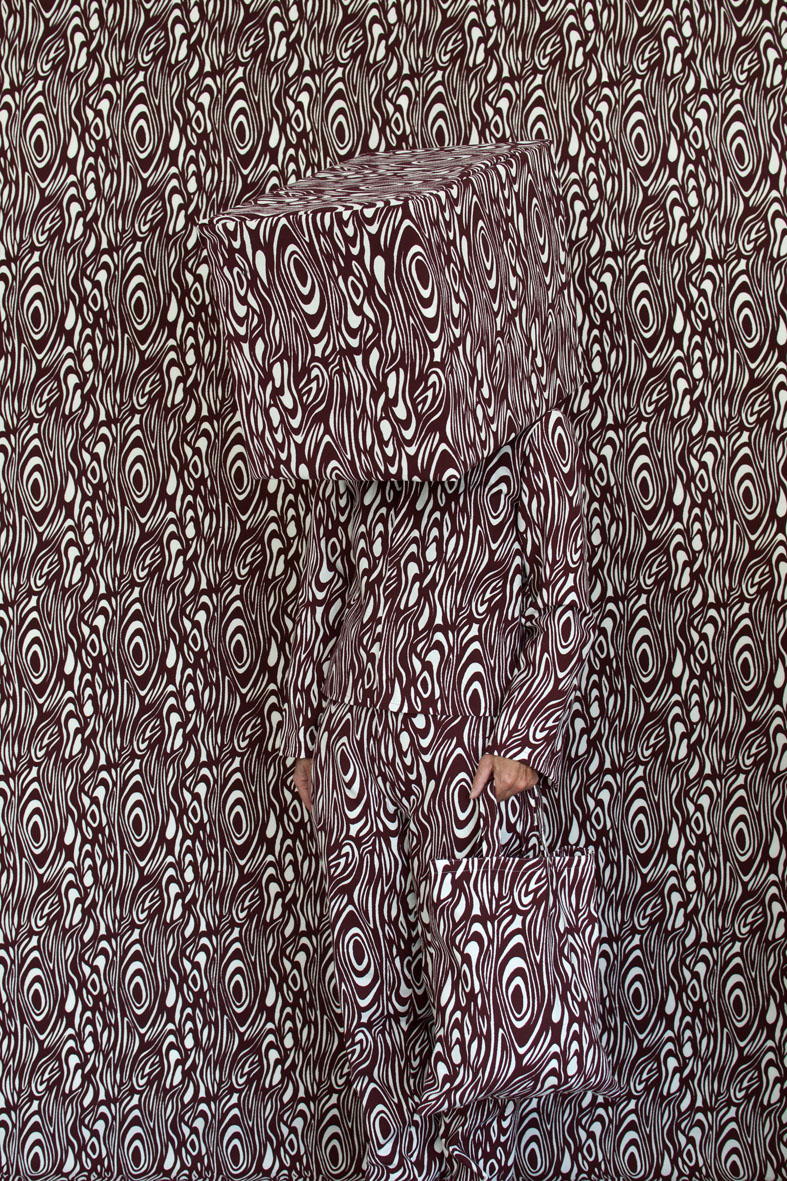
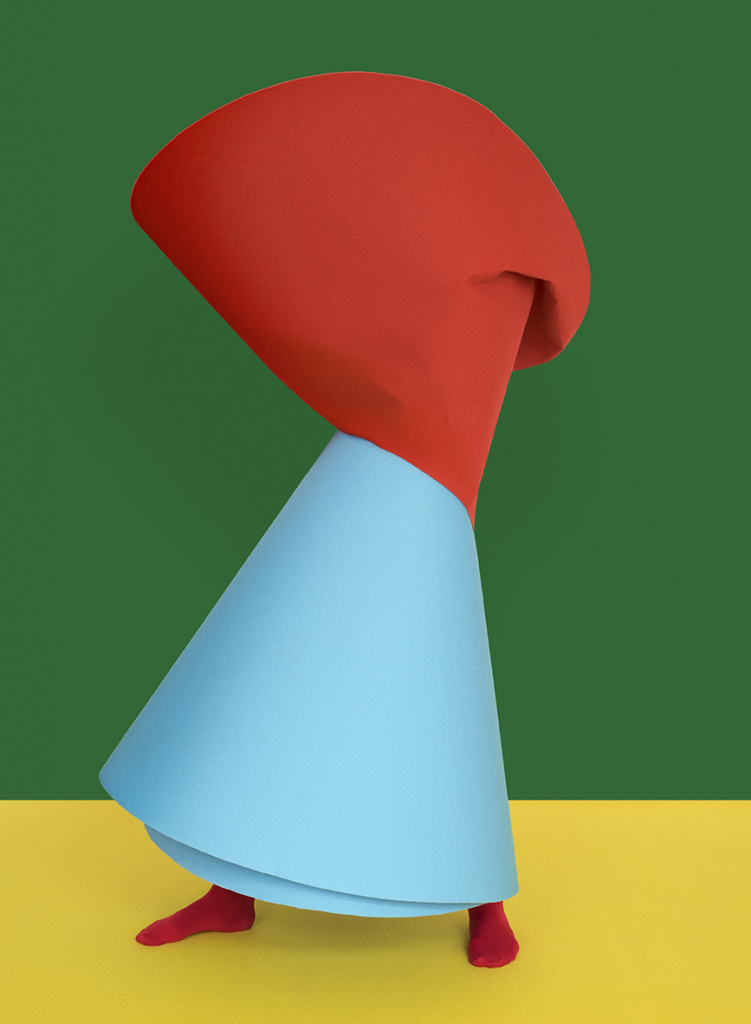
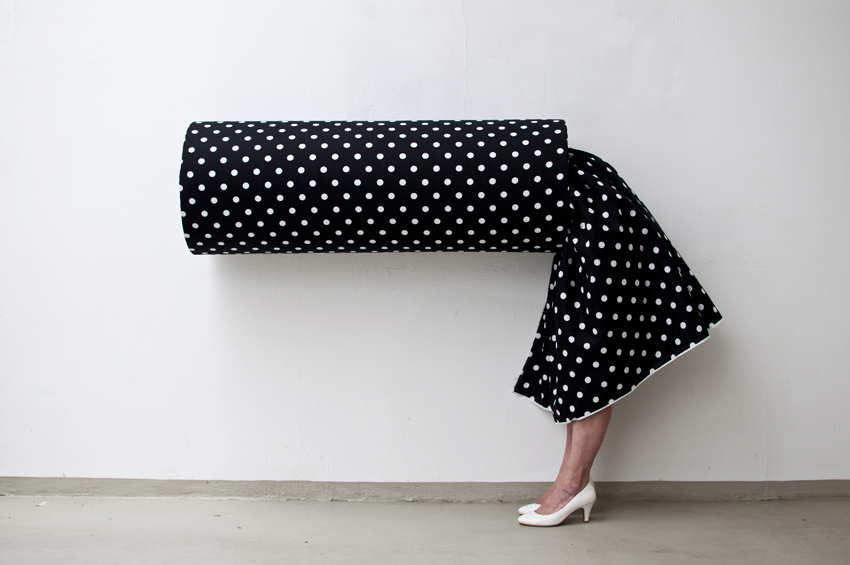
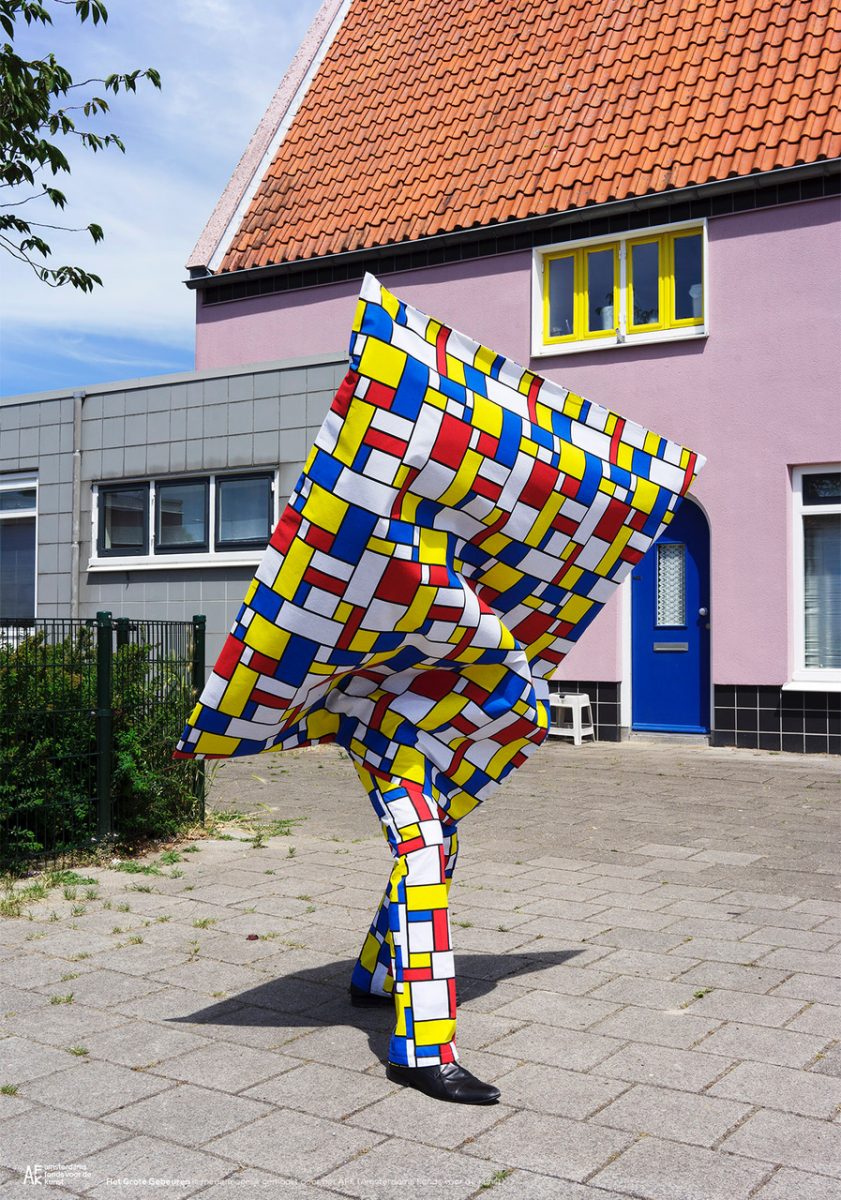


 More about
More about 

